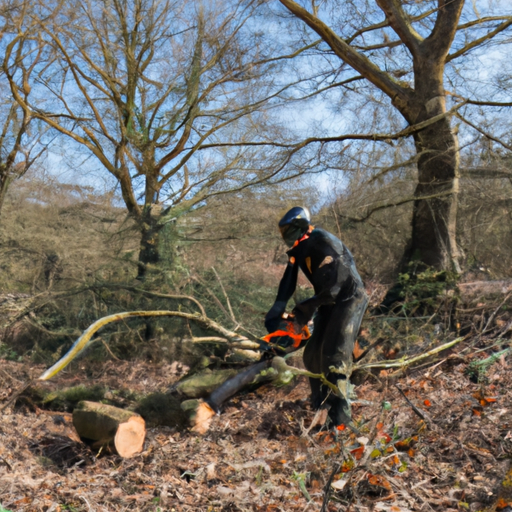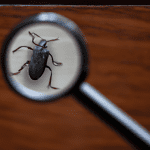Unlocking the Benefits of Coppicing: Why Do You Coppice Trees?
Coppicing is an ancient practice that involves cutting trees down to ground level and allowing them to regrow from the stump. This traditional method has been used for centuries and offers a range of benefits for both the environment and humans. In this article, we will explore the reasons why you should consider coppicing trees and the advantages it brings.
1. Sustainable Wood Production
One of the primary reasons for coppicing trees is to obtain a sustainable source of wood. By regularly cutting down trees and allowing them to regrow, you can ensure a continuous supply of timber without depleting the forest. This practice promotes the growth of multiple stems from a single tree, resulting in a dense and productive woodland.
2. Biodiversity Enhancement
Coppicing plays a crucial role in enhancing biodiversity. When trees are coppiced, it creates a diverse range of habitats for various plant and animal species. The newly regrown stems provide shelter, food, and nesting sites for birds, insects, and small mammals. Additionally, the increased sunlight reaching the forest floor encourages the growth of wildflowers and other understory plants, further supporting biodiversity.
3. Carbon Sequestration
Trees are known for their ability to absorb carbon dioxide from the atmosphere, helping to mitigate climate change. Coppicing can enhance this process by promoting vigorous regrowth. When trees are cut down, they release stored carbon into the atmosphere, but the regrown stems quickly recapture carbon as they grow. This cycle of cutting and regrowth allows for continuous carbon sequestration, making coppiced woodlands valuable in the fight against climate change.
4. Timber Quality
Coppiced wood has unique qualities that make it highly desirable for various applications. The regular cutting and regrowth result in straight and flexible stems, making them ideal for crafting furniture, fencing, and other wooden products. The wood obtained from coppiced trees is often stronger and more durable than that from conventionally grown trees, making it a preferred choice for many artisans and craftsmen.
5. Habitat Management
Coppicing is an effective method for managing habitats and landscapes. By selectively cutting trees, you can create diverse woodland structures, including open areas, dense thickets, and intermediate zones. This variety of habitats benefits a wide range of wildlife, including species that thrive in open spaces and those that prefer more shaded environments. Coppicing also helps control invasive species and encourages the growth of native plants.
In conclusion, coppicing trees offers numerous benefits, including sustainable wood production, enhanced biodiversity, carbon sequestration, high-quality timber, and effective habitat management. By practicing this ancient technique, you can contribute to a healthier environment while enjoying the rewards of a continuous and diverse supply of wood. So, why do you coppice trees? The answer is clear: for a greener and more sustainable future.




